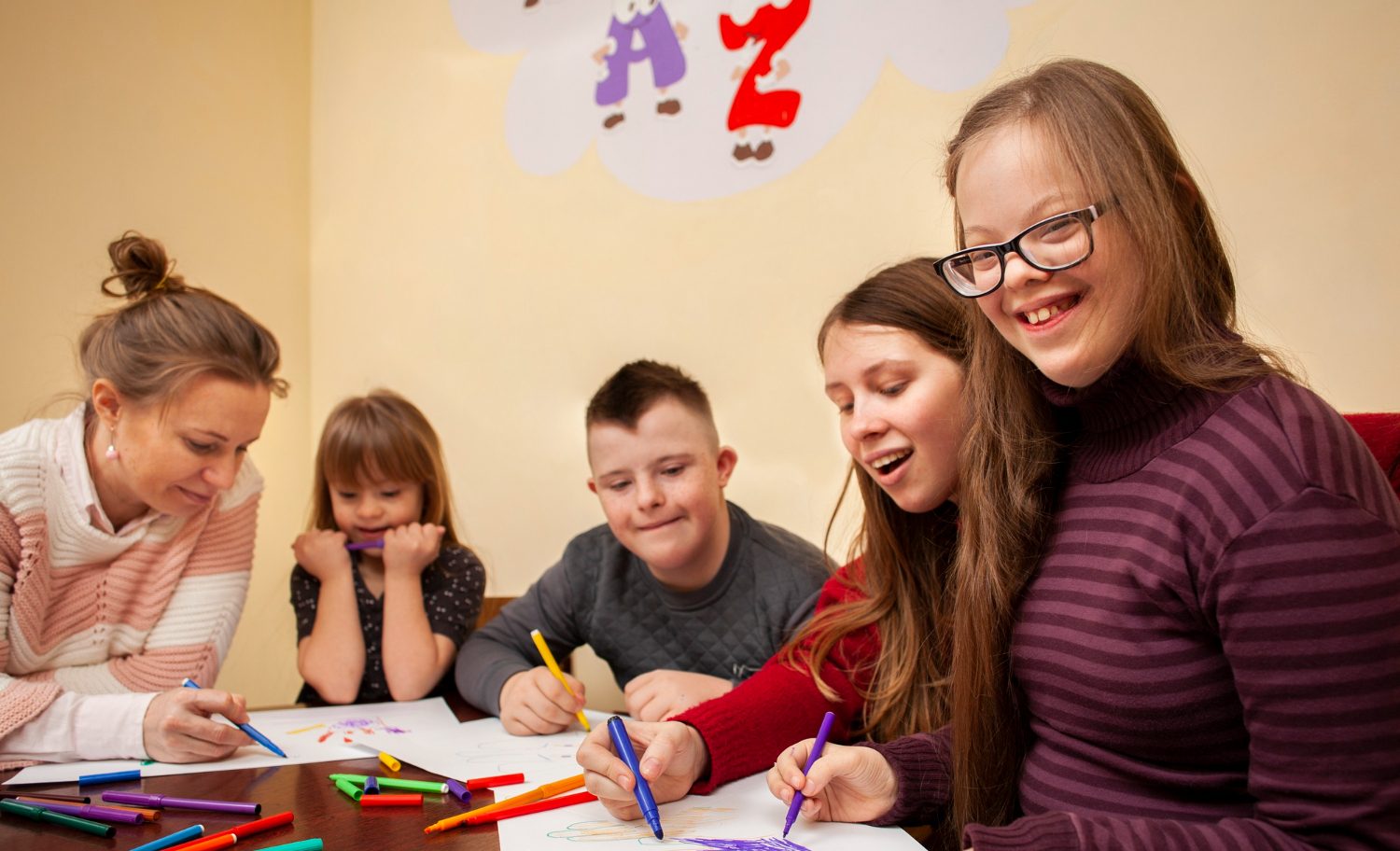Positive Reinforcement
One of the most effective strategies in behaviour management is positive reinforcement. SEN students often respond well to rewards for positive behaviour rather than punishments for negative actions. This could be verbal praise, stickers, or earning time for a preferred activity. The key is to make the reinforcement immediate and specific, so the student knows exactly what behaviour is being rewarded.
Clear and Consistent Rules
Clear, simple, and consistent rules are crucial for SEN students, who may not understand complicated instructions. Visual aids such as charts or pictures can help reinforce what is expected of them. Consistency in enforcing these rules, across different times and settings, helps students learn appropriate behaviours more quickly.
Structured Environment
A structured classroom environment can significantly reduce undesirable behaviours. This includes having a predictable routine, organised physical spaces, and clearly defined areas for different activities. Such structure helps SEN students feel secure and understand what is expected of them throughout the school day.
Structured Reward Systems
Set up reward systems for good behaviour. Develop structured reward systems that are predictable and easily understood. This can involve a token economy where students earn tokens for specific behaviours and exchange them for a reward, or a chart where progress towards a reward is visually tracked. Ensure that the rewards are meaningful to the students and aligned with their interests or needs. This method not only motivates but also teaches valuable skills related to cause and effect, planning, and delayed gratification.




